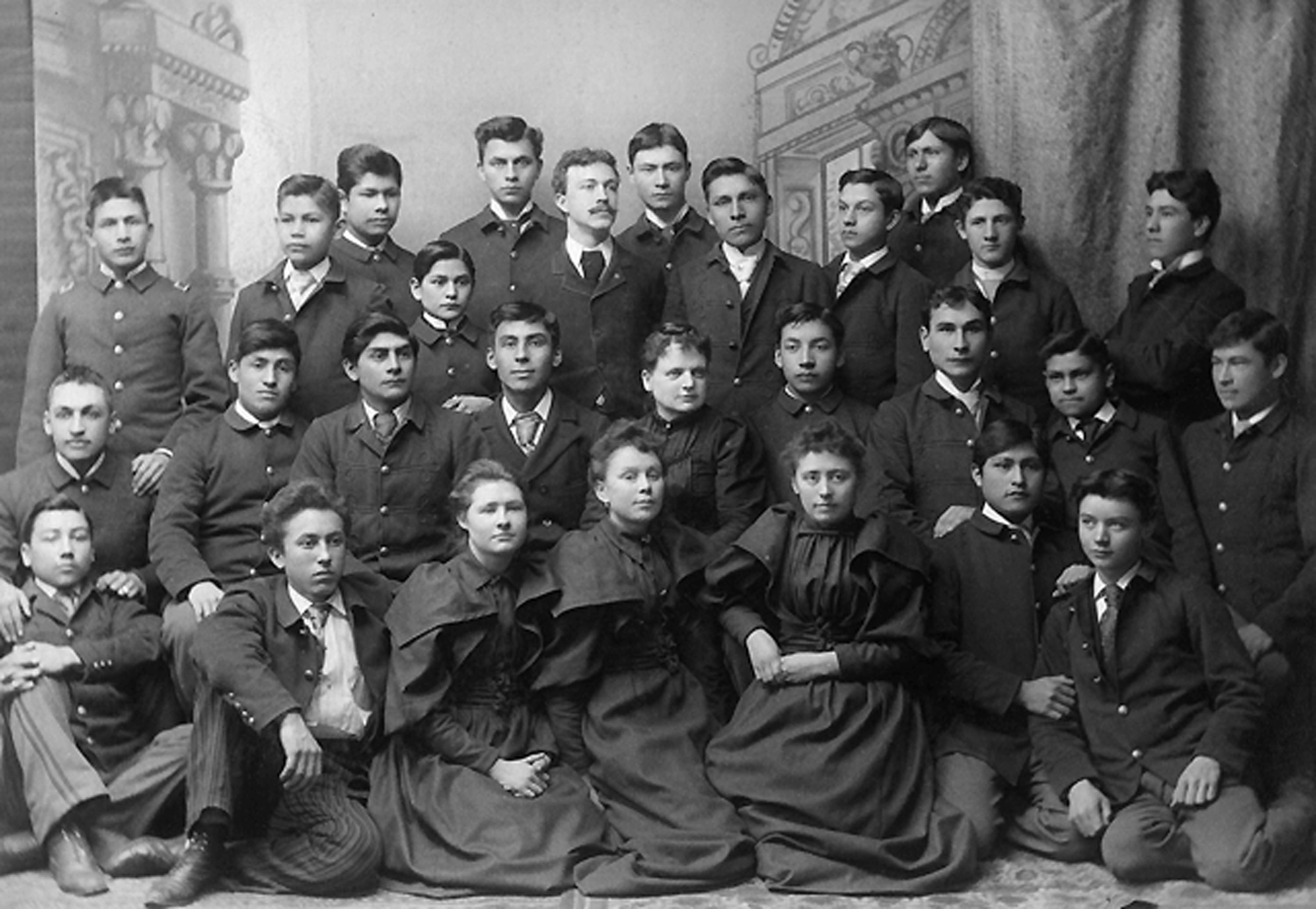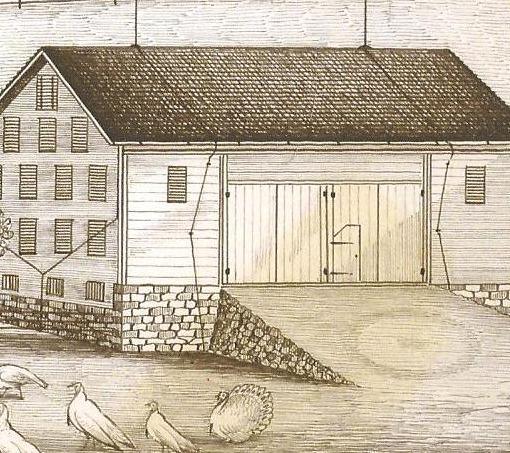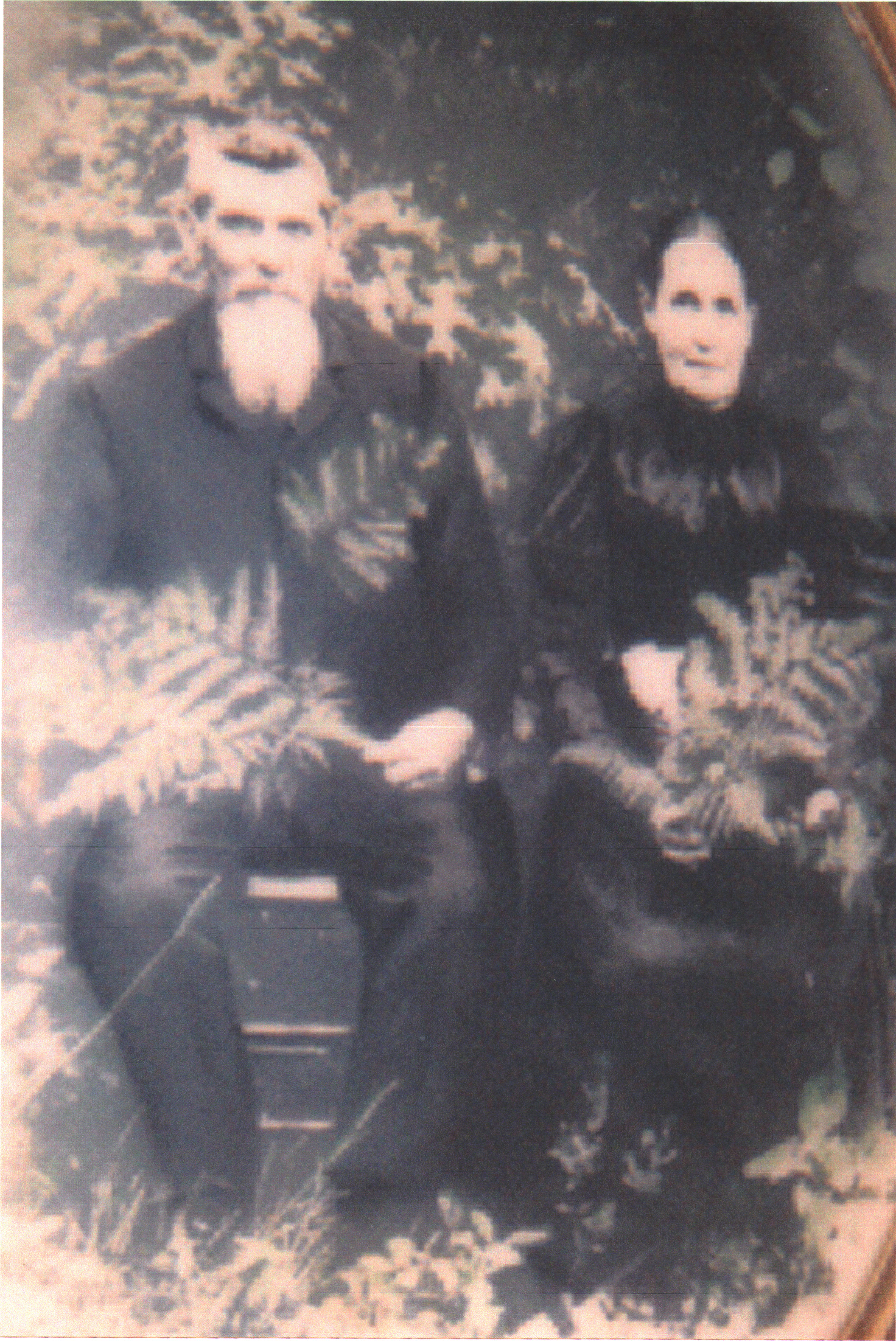
Carlisle Indian Industrial School Presentation
 A presentation on the Carlisle Indian Industrial School will be held 1-3 p.m., March 5, 2012 in the lower level conference room of the Juniata County Library in Mifflintown.
A presentation on the Carlisle Indian Industrial School will be held 1-3 p.m., March 5, 2012 in the lower level conference room of the Juniata County Library in Mifflintown.
During a time when the United States government was willing to spend $1 million to eradicate a single Indian tribe out west, Captain Richard Henry Pratt established the Carlisle Indian Industrial School. Pratt’s enlightened idea was to “save” native children by turning the “savages” into white men and women.
It was attended by more than 12,000 Native American children from more than 140 tribes, and was the model for nearly 150 Indian schools.
Critique the school’s plan to “Kill the Indian, save the Man” as you explore what it means to be stripped of your cultural heritage through forced assimilation.
Presenter Matthew March, Education Curator, Cumberland County Historical Society, will explore what it means to be stripped of your cultural heritage through forced assimilation. The program will include artifacts, period clothing and photos.
Attendance is limited to 40. Reserve by Feb 29 with the Juniata County Historical Society, 717-436-5152, 9 a.m. – 3 p.m., Tuesdays or Wednesdays. The presentation is free but donations are welcomed. The snow date is Mar 12.

Hollywood Comes to Juniata County
 Have you heard? Our humble Juniata County is looking to make the leap to the silver screen – and it’s all based on a publication you can get from the Historical Society – Juniata Justice!
Have you heard? Our humble Juniata County is looking to make the leap to the silver screen – and it’s all based on a publication you can get from the Historical Society – Juniata Justice!
Juniata Justice is the true story of a murder that occurred in Susquehanna Township, Juniata County in 1900. It’s a great story line that fits the mold of great movies: affairs, suspicions and upstanding citizens that were driven to commit crimes (or where they?).
A local filmmaker, Lucas Fultz, is hoping that this film will become a reality – but he needs your help! A fundraiser is planned on Friday, March 9th at the Central Juniata EMS Building. The fundraiser has a $5 cover charge and starts at 8:00 p.m. and will be showcasing some local bands, including:
- Click Clack Boom
- The Heggs
- The Backroad
For more information or to make a donation, contact Lucas Fultz.

Local Crop Circles in the 1800’s?
 Ok Farmers or Historians (or Farmer Historians) – here’s your chance to help solve a mystery!
Ok Farmers or Historians (or Farmer Historians) – here’s your chance to help solve a mystery!
Jim Bohn has been writing a soon-to-be released book about a 19th Century, itinerant German, pen-and-ink drawing artist named Herman Markert entitled Herman Markert, The Picture Maker.
Little is known about Herman Markert; however, he left a rich legacy in his artwork. The drawings bearing dates indicate Herman was in Pennsylvania in the 1870’s and 1880’s. Before and after those dates, his whereabouts and life information remains a mystery.
One type of artwork that will be showcased shows property renderings with elaborate aerial perspective of farms – detailed enough that they can be considered a pictorial inventory of everything owned by the farmer (from buildings to livestock to carriages and crops).
One of the pen-and-ink drawings includes the barn pictured in this post. THIS IS WHERE YOU CAN HELP! Notice a mysterious ring/symbol on the ramp leading to the entrance. Presumably, this is done in the dirt/grass (but could be a wooden ramp). No one is sure what that represents.
Do you happen to know:
- Was this a standard symbol/practice done by farmers in the late 1800’s?
- Is it a symbol representative of something else?
- Could it be marks left by a mechanical device such as a grinding wheel for grain?
- Why is the mark on the incline and near the door of the barn?
- Are these animal tracks – perhaps an animal helping to turn a mechanism?
- Could these be alien circle crop marks?
Any and all help and/or suggestions are welcome. Feel free to post your thoughts and/or answers below!
Also, if – by chance – you happen to have your very own Herman Markert drawing (OR any information on this artist), please share!
Finally, if you’re interested in the upcoming book, you can contact Johanna Sayre – who is editing/producing the book for Mr. Bohn.

PA Opens Up Important Family History Documents
 Today, we’re honored to have James Beidler as a Guest Blogger for JuniataCountyHistoricalSociety.org! James was the executive director of the Genealogical Society of Pennsylvania and, currently, writes a weekly genealogy newspaper column, “Roots and Branches.”
Today, we’re honored to have James Beidler as a Guest Blogger for JuniataCountyHistoricalSociety.org! James was the executive director of the Genealogical Society of Pennsylvania and, currently, writes a weekly genealogy newspaper column, “Roots and Branches.”
“Roots & Branches” runs weekly in the Lebanon Daily News (Mondays in print and on ldnews.com) and Altoona Mirror (Sunday edition) newspapers. Please visit James M. Beidler’s website at http://roots-branches.com. Feel free to e-mail him at james@beidler.us.
Today’s column by Mr. Beidler discusses the brand new law that opens up important family history documents for the genealogist:
More than 11 years ago, a woman wrote to me from across the country in my position as executive director of the Genealogical Society of Pennsylvania for help.
Her young niece was trying to find out the name of her grandfather and wrote to the Pennsylvania Department of Health for the death certificates of the three brothers who were the most likely candidates.
Naturally, the department wrote back that niece was not of the proper relationship to receive the certificate and that, even if she was, she needed to provide their dates of death.
“Well, that’s exactly why I am requesting,” she wrote. “There must be another way.”
That “another way” has finally become a reality with Gov. Tom Corbett’s signature turning Senate Bill 361 into Act 110 of 2011. This legislation turns death certificates (after 50 years) and birth certificates (after 105 years) become public records.
The law takes effect in 60 days, so in mid-February the first certificates should be available for research at the Pennsylvania State Archives – about 7 million records in the case of the death records, reflecting the fact that the commonwealth was the nation’s second largest state in population for nearly all of the time since such certificates were first recorded in 1906.
State Sen. Bob Robbins of Mercer County had introduced the bill earlier this year. “One of the Commonwealth’s greatest assets is our rich history and – in particular – the lives and legacies of the many Pennsylvanians who have contributed much to our state and our nation,” Robbins said. “With this new law, historians, researchers and even average citizens who simply want to track their family trees now can access these valuable and essential records.”
Tim Gruber of People for Better Pennsylvania Historical Records Access says he sent out well over 50,000 individual e-mails in the last few years in getting support for the effort to change the vital records law. Despite giving his organization an unpronounceable acronym (PaHR-Access for short – really?), he lined up the endorsements of nearly 500 groups in support of changing the vital records law. His group’s website gives additional information about its role at the URL, http://users.rcn.com/timarg/PaHR-Access.
As things often go in politics, the drive for the new law was helped by a change in bureaucratic personnel. For years, the Department of Health’s Bureau of Vital Statistics was headed by Patricia Potrzebowski, who was staunchly opposed to any changes that would take the chains off these records.
When I met with her and other Health Department representatives at the instigation of Robbins’ staffer Michael Hengst in 2001, she recited the same phony “privacy” issues that weren’t a problem in other states as year after year more of them put indexes and records online. It was clear that while she was part of the Pennsylvania bureaucracy, it would be difficult to well-nigh impossible to get the vital records law changed.
As an interesting side note, the law really didn’t even need to be changed; the old law always had an exception allowing access to the birth and death certificates for research. Potrzebowski’s lame response when asked why this didn’t apply to genealogical research: “Oh, well, uh, we always have interpreted that as health research.”
That interpretation of the law could have been changed in a heartbeat, but Potrzebowski didn’t want to do that and as long as the bureaucracy was opposed to changes in the law, most legislators deferred to them.
About a year ago, Potrzebowski became executive director of a group called the “National Association for Public Health Statistics and Information Systems” (NAPHSIS for short – an easy acronym to pronounce but doesn’t it make you immediately laugh and say to yourself “Talk about an organization that needs to desperately search for a reason to exist!”).
In her current post, Potrzebowski undoubtedly will continue to fight against reasonable access to vital records – but, thankfully, she was no longer an obstacle in Pennsylvania.
With the bureaucracy less dead-set against change, Robbins’ bill started gaining momentum earlier this year. Senate Bill 361 received unanimous support from both the Senate (48-0) and House (194-0).
After more than a decade, my e-mail correspondent’s niece has undoubtedly grown up, but finally she’ll be able to get at the Pennsylvania records of her heritage.
Thanks, again, to Mr. Beidler for this information. To our readers, let us know your thoughts on this new law – and how you think it’ll help your research.

Mysteries are Fun!
Genealogists love a good mystery – especially when their own family folklore is involved. Never sure when (or if) the mystery will be solved, the family historian eats up any information that may help to shed light on the situation.
My own family mystery is a changing of the spelling of my last name (Haubert) to another spelling (Hubbert). Interestingly enough, the change happened among brothers and sisters. Part are buried with “Haubert” on their tombstones. The other part – you guessed it – have “Hubbert.”
I’ve heard two separate stories about why the name change occurred. The more plausible story involves a family feud – though I never heard what that entailed.
The more interesting story goes like this: the wife (Mrs. Haubert) was a bit, let’s say, stuffy. It was told to me that a new pastor came to her church who had a stuttering problem. At one point, he was addressing Mrs. Haubert (either directly OR while introducing her to someone else) and said, “……Mrs. Ha-Ha-Ha Haubert…”
I was told she was so distraught – thinking the pastor was making fun of her name – that she changed the spelling.
Now, that’s a fun story! I don’t know how real it is – since the pronunciation ends up being the same (at least the way my immediate family pronounces “Haubert”). Maybe, she changed it since no one could spell it the way her family pronounced it. Even today, I find people wanting to spell it Hubbert when writing down my last name.
Wouldn’t it be interesting, though, to find out the pastor at the church that family attended and find that family’s genealogist to see if there is any record of a stuttering problem? Hmmm…. maybe that is my next task.
Anyone else have a fun and/or interesting mystery to share?

